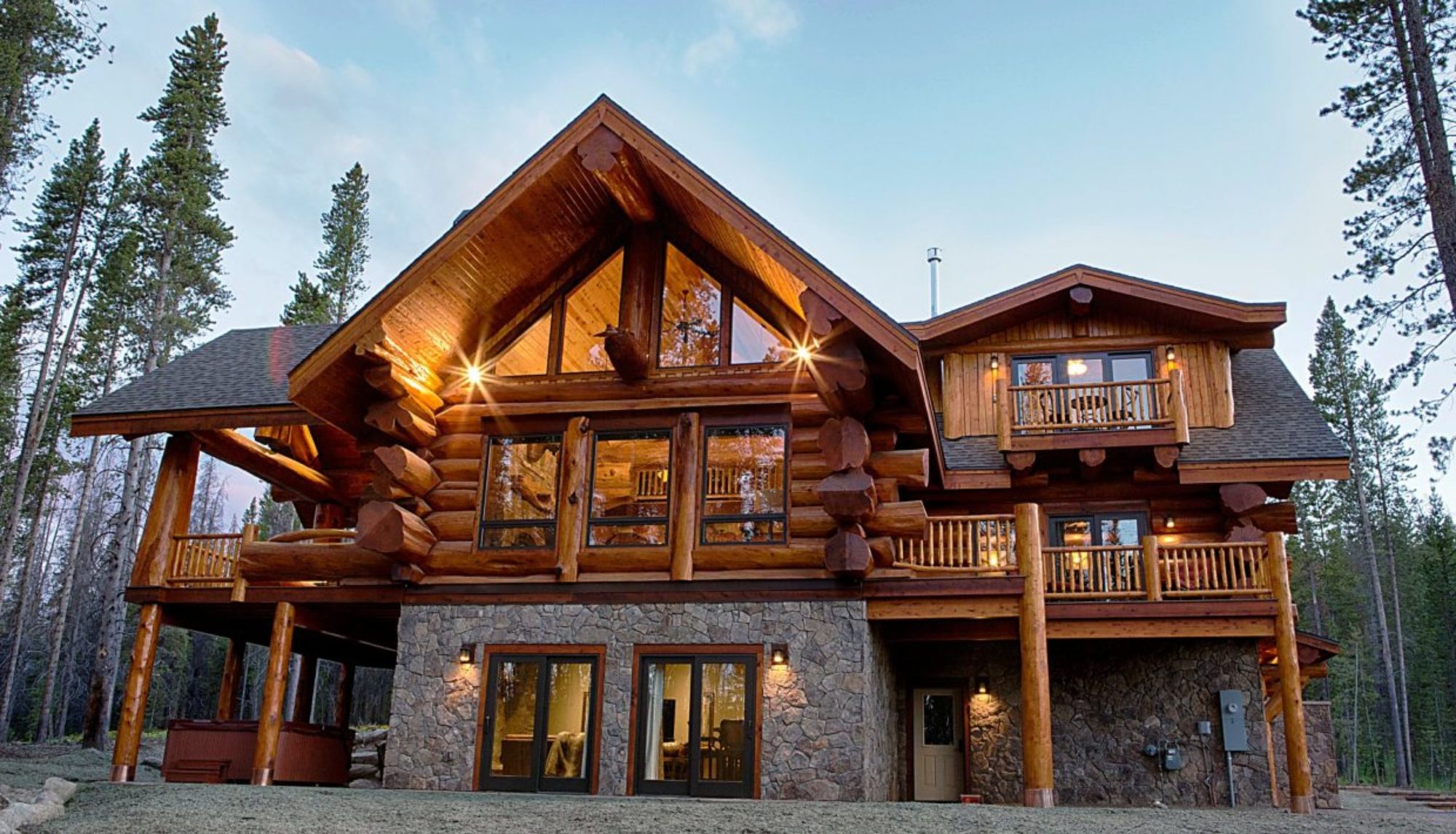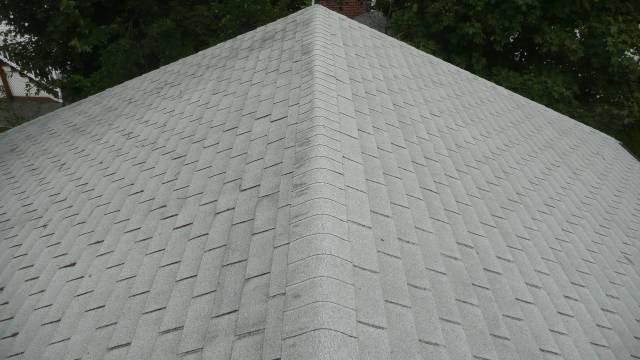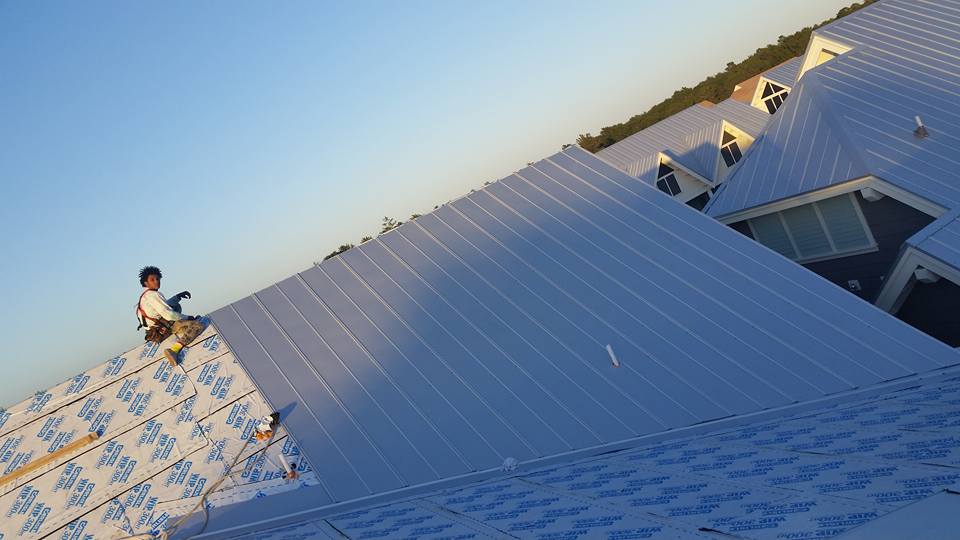When it comes to roof replacements, many homeowners will often immediately choose to install asphalt shingles due to a relatively attractive upfront cost of asphalt roofs.
However, composition shingle roofs are not always appropriate for all homes, especially if you happen to live in a desert-like environments like Arizona, Nevada, and parts of California and Texas. These areas often experience rapid temperature changes (more on that later), which can shorten the lifespan of an asphalt roof.
Then there are areas like Oklahoma, parts of Texas, Kansas, Montana, etc. that experience frequent and severe hail storms which can easily damage asphalt roofs, often rendering them “beyond repair”. For such areas, a metal roof can often be a better alternative due to its superior durability, longevity, and energy efficiency.
Although a metal roof normally costs significantly more compared to asphalt, its longevity, curb appeal, and energy efficiency can make it one of the most cost-efficient and sustainable choices.
In this guide you’ll be able to compare asphalt with metal in terms of longevity, durability, energy efficiency and pros and cons of each system.
What are the Disadvantages of Asphalt Shingle Roofs?
Temperature Sensitive Installation
One important factor to be aware of is that asphalt shingles installation is temperature sensitive. Asphalt shingles should not be installed when temperatures are below freezing (or even close to it).
For greater durability and longevity, asphalt shingles need to properly adhere to each other, and this process can be hampered in colder temperatures.
Unfortunately, many inexperienced roofers are not aware of this issue, and proceed with the installation when it is too cold outside. This means homeowners could end up having roofing problems right from the get-go.
Attic Ventilation Issues
Composition shingles roofs may suffer damage as a result of problems with your attic ventilation. If the attic is poorly vented, the infrared heat from the sun can lead to a drastic increase in temperature inside the attic. This heat coming from below can cause a problem known as “cupping” when the shingle tabs curl under.
Lack of Substantial Durability in the Face of Storms, Hail, and Exposure to Elements
While asphalt shingles will keep your home safe and protected under average weather conditions, they tend to falter when it comes to inclement weather. Generally, asphalt shingles perform better in cooler climates than in hotter ones.
Problems can be compounded if the roof is low pitched and does not have adequate sloping to encourage water drainage. As a rule of thumb, thicker laminated or dimensional shingles are more durable, so they are worth paying more money for.
Sun’s ultraviolet rays can damage the ceramic granules embedded in the asphalt coating, which can cause cracks and loss of color. Extreme heat can melt asphalt, causing shingles to curl at the edges, especially on poorly ventilated roofs.
Sudden or rapid ambient temperature changes (thermal shock) can cause compositions shingles to contract and expand, thus leading to premature cracks, creating a potential for future roof leaks.
Strong winds can lift up shingles off the roof. If your asphalt roof gets exposed to a major hail storm, then it’s very likely you will need to replace the entire roof due to the damage that hail can do to shingles.
Finally, asphalt shingles are susceptible to mildew and moss growth, especially when there are large trees towering over the roof. Thus, an asphalt roof may require periodic cleaning and maintenance.
To make sure your composition shingles roof lasts and functions properly, you should inspect it every year. Asphalt shingles tend to get easily damaged, and if they are not properly maintained and repaired in due time, the damaged area can lead to roof leaks.
It is best to repair any damaged asphalt shingles before it rains or snows, so that moisture does not further exacerbate the existing damage.
Environmental Concerns
For homeowners looking to use “green” roofing materials, asphalt shingles will not be the first choice. They are a petroleum-based product, and require a lot of energy to manufacture.
At the end of their service life, asphalt composition shingles typically do not get recycled, and have to go the landfill, where they decompose very slowly, emitting methane gas. In fact, a large percentage of post-construction waste in our landfills is asphalt shingles! 🙁
While it is technically possible to recycle asphalt shingles to be used as pavement patching material, the process is often too complicated and costly to undertake, and the easier landfill option is chosen instead.
One way you can make your asphalt shingles “greener” is to install a premium quality laminated shingles that can last up to 25-30 years with quality installation. For comparison, the basic 3-tab shingles will only last about 15 to 20 years with proper installation.
Metal vs. Asphalt
Metal’s inherent features make it a significantly better roofing material compared to asphalt composition shingles. When it comes to durability, longevity, maintenance, energy efficiency and recyclability, metal greatly outperforms asphalt shingles on all fronts.
Durability: Metal roofing will offer your home exceptional protection. It meets the toughest wind, hail, fire, and impact codes in the country. Also, metal roofs are covered by cutting edge paint that contains inorganic pigments for maximum protection against harmful UV rays.
Metal roofs are impervious to moisture, and easily shed snow and ice. Both, steel and aluminum roofs are 100% resistant to algae, mold and mildew growth. They will not ever be affected by termites and other insects.
Longevity: In comparison to asphalt roofing, metal roof will easily last three times longer. A properly installed metal roof can last 35 to 50 years or longer, depending upon the type of system, metal type, thickness of the panels, etc.
Today’s metal roofs can be made of Galvalume, G-90 galvanized steel, aluminum, zinc. With aluminum and zinc, there are no concerns about corrosion, even in heavy salt spray environments.
Maintenance-free: unlike asphalt shingles, once installed a metal roof requires no maintenance or repairs. This feature lends itself to significant savings throughout the long service life of a metal roof.
Also, metal roofs will typically retain the “new” shiny look for years to come. They are not susceptible to ugly black stains caused by mildew and algae build-up.
Green: While asphalt shingles are harmful to the environment, a metal roof is a rare environmentally – friendly roofing product.
Independent studies show that a metal roof’s cool reflective properties allow homeowners to save up to 20% on energy bills and reduce wasteful energy consumption. Your metal roof will never end up in the landfill, as metal is 100% recyclable.



This post is a must read for homeowners to make smart choice while choosing roofs for their new homes or when they are looking for roof replacements. With more and more homeowners and homebuyers looking for sustainable living ideas metal roofing’s are in trends. They are available in wide variety of design, colors and add extra value to homes.
Moreover they are suitable for both residential and commercial buildings. Yes, the pricing is bit higher as compared to other roofs but the advantages, durability and energy efficiency and many more advantages can’t be neglected.